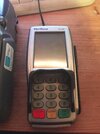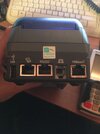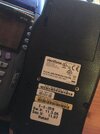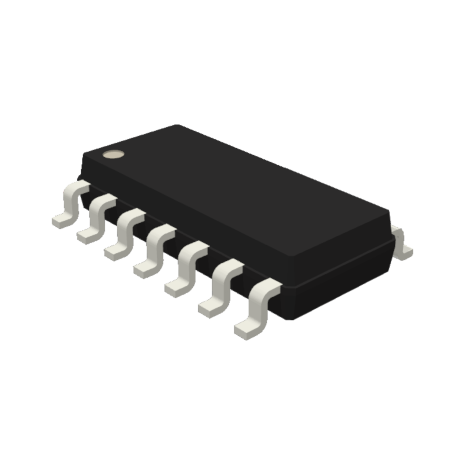ibobibo
New Member
Hi forum!
I'm really new to electronics and would like some advice/ideas about something.
I was dumpster-diving a few days ago and found two credit card payment terminal devices, along with some other cool electronics.
I thought it would be really fun to install it in my house as for example a light switch circuit.
My ideal situation would be that I can type in a code, press "ok", and then a light turns on. it would be nice as well if different codes did different things, but its probably easier to start by just getting a reaction from pressing 1 key.
My idea on how to go about this was to open it up, remove all unnecessary parts, and connect the keyboard to a circuit. How would you go about this?
The devices are a verifone omni 5750 (VX570), with 9V 4a, and a verifone VX820, with 9V 1a.
I'm also open to other ideas on how to apply these devices : )), please share if you have any!!
thanks so much,
ibi.
I'm really new to electronics and would like some advice/ideas about something.
I was dumpster-diving a few days ago and found two credit card payment terminal devices, along with some other cool electronics.
I thought it would be really fun to install it in my house as for example a light switch circuit.
My ideal situation would be that I can type in a code, press "ok", and then a light turns on. it would be nice as well if different codes did different things, but its probably easier to start by just getting a reaction from pressing 1 key.
My idea on how to go about this was to open it up, remove all unnecessary parts, and connect the keyboard to a circuit. How would you go about this?
The devices are a verifone omni 5750 (VX570), with 9V 4a, and a verifone VX820, with 9V 1a.
I'm also open to other ideas on how to apply these devices : )), please share if you have any!!
thanks so much,
ibi.
Last edited:











